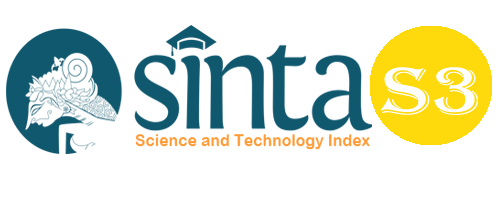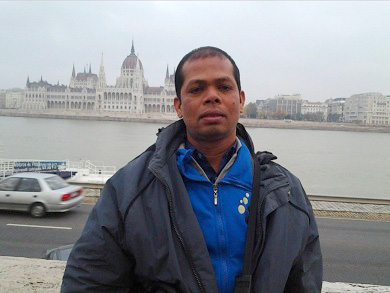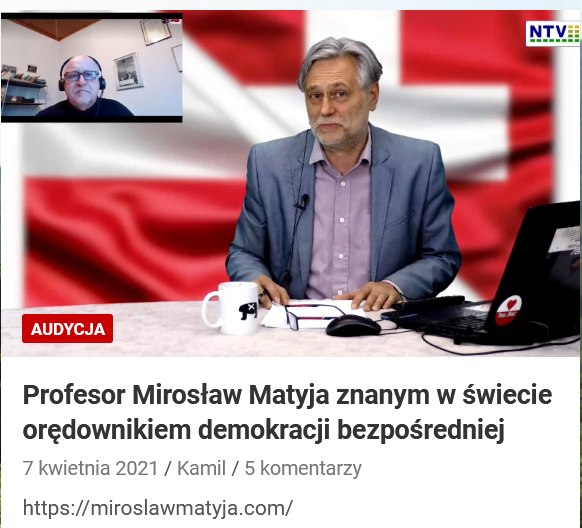Communication Skills of Autistic Children at the Karya Tulus Special School in Medan City for Social Interaction
Abstract
The birth of a child in family life is a real source of happiness for a married couple. The best hope is directed at the growth and development of children. However, there are several births of children that are not the family's expectations. Children with neurological disorders (neurodevelopmental disorders). Autism is one of the children who have a neurological disorder which is directed at sensory integration disorders. Where this results in a lack of nerve function, one of which is in communicating. This study aims to determine the communication skills of autistic children in social interaction at Special Schools (SLB)-C Karya Tulus, Medan City. The method used is a type of qualitative research method with the "Purposive Sampling" technique, namely the sample selection technique according to the researcher. There are 3 subjects with autistic children with the initials KM, S, BS and there were two additional informants namely Veronika Ginting and Masdah Br. Matanari as the class teacher. Data collection techniques were carried out using observation and interview methods as well as documentation studies. As a basis, this research uses Herbert Blumer's Symbolic Interaction theory. The results showed that only one out of three subjects could be said to be capable of social interaction. The form of communication that KM does when interacting socially is in the form of two-way communication from the researcher to the subject. KM can read, write, count, and execute commands. While S, and BS are subjects who both have deficiencies in social interaction. Eye contact is unstable and less cooperative in social interaction, especially in answering researcher's questions.
Keywords
Full Text:
PDFReferences
Anak Berkebutuhan Khusus Dalam Interaksi Sosial. JPI (Jurnal Pendidikan Inklusi), 3(1), 48. https://doi.org/10.26740/inklusi.v3n1.p48-52
Akinwamide, T.K. (2018). Bridging Across Language Divide for Growth and Peaceful Coexistence: A Panacea for Economic Recession in a Multilingual Nigeria. Budapest International Research and Critics Institute-Journal (BIRCI-Journal) Vol I (3): 01-06.
Azis, F., Mukramin, S., & Risfaisal, R. (2021). Interaksi Sosial Anak Autis di Sekolah Inklusi (Studi Sosiologi Pada Sekolah Inklusi di Kota Makassar). Equilibrium: Jurnal Pendidikan, 9(1), 77–85. https://doi.org/10.26618/equilibrium.v9i1.4365
Barus, D. T., Anggraini, C., & Sembiring, F. (2020). Pengaruh Terapi Bermain Lego Terhadap Interaksi Sosial Anak Autis di SDLB 017700 Kisaran Naga Kecamatan Kisaran Timur Kabupaten Asahan Tahun 2019. Jurnal Penelitian Keperawatan Medik, 2(2), 68–73. https://doi.org/10.36656/jpkm.v2i2.226
Daulay, N. (2019). Psikologi Pendidikan dan Permasalahan Umum Peserta Didik, Perdana Publishing.
Ekawati, Y., & Wandansari, Y. Y. (n.d.). Perkembangan Interaksi Sosial Anak Autis di Sekolah Inklusi: Ditinjau dari Perspektif Ibu.
Mahandi, F. A., Rahmi, A., & Syam, H. (2022). Interaksi Sosial Anak Berkebutuhan Khusus di SMA N 2 Bukittinggi. 6.
Mahsa, M., & Loren, F. T. A. (2018). Analisis Pola Kalimat Lisan Anak Autis (Studi Kasus Pada Anak Autis SDLP Negeri Cangakan Karanganyar). 9(2).
Noya, J. E., & Ambarwati, K. D. (2020). Gambaran Interaksi sosial anak autis di Sekolah Inklusi Multi Talenta Samarinda. Jurnal Psikologi Perseptual, 3(2), 65–78. https://doi.org/10.24176/perseptual.v3i2.2642
Panggabean, T. T. N. (2019). Strategi Komunikasi Verbal dan Nonverbal Guru terhadap Anak Didik Autis di Yayasan Tali Kasih Medan. Jurnal Simbolika: Research and Learning in Communication Study, 5(1), 44. https://doi.org/10.31289/simbollika.v5i1.2374
Prihtiyaningsih, N. (n.d.). Efektivitas Metode Pretend Play terhadap Kemampuan Interaksi Sosial Anak Autistik Kelas II SDLB di SLB Ma’arif Muntilan.
Proborini, R., & Novita, Y. (N.D.). Kemampuan Komunikasi Sosial Anak Autis.
Puspitaningtyas, A. R. (2020). Interaksi Sosial Anak Berkebutuhan Khusus di SDN 4 Kilensari. Education Journal : Journal Educational Research and Development, 4(2), 163–170. https://doi.org/10.31537/ej.v4i2.350
Ramlan. (2018). Language Standardization in General Point of View. Budapest International Research and Critics Institute-Journal (BIRCI-Journal) Vol I (2): 27-33.
Ramlan. (2018). Some Steps for Language Maintenance in the Society and Individual. Budapest International Research and Critics Institute-Journal (BIRCI-Journal) Vol I (2): 62-71.
Rifayanti, S. A. (n.d.). Kemampuan Komunikasi dan Interaksi Sosial Anak Autis di Sekolah Luar Biasa Talenta Kids Salatiga.
Saihu, S. (2019). Komunikasi Pendidik Terhadap Anak Berkebutuhan Khusus di Sekolah Khusus Asy-Syifa Larangan. Andragogi: Jurnal Pendidikan Islam dan Manajemen Pendidikan Islam, 1(3), 418–440. https://doi.org/10.36671/andragogi.v1i3.66
Sari, F. A. (n.d.). Kemampuan Berkomunikasi Anak Autis di Sekolah (Windsor Homeschooling Kelapa Gading).
Sirait, J. S., & Desiana, S. M. (2019). Animal-Assisted Therapy sebagai Pengobatan Pasien Autism Spectrum Disorder pada Anak. Jurnal Ilmu Keperawatan Jiwa, 2(3), 169. https://doi.org/10.32584/jikj.v2i3.430
Siti, A., Marlina, E., & Effendy, D. I. (2020). Pengembangan Interaksi Sosial Anak Autis melalui Terapi Applied Behavior Analysis. Irsyad : Jurnal Bimbingan, Penyuluhan, Konseling, dan Psikoterapi Islam, 8(3), 271–288. https://doi.org/10.15575/irsyad.v8i3.1977
Syahrin, A. (2018). Culture Repertoire in Expressive Written Language : Study of Hypothesis of Edward Sapir and Benyamin Lee Whorf. Budapest International Research and Critics in Linguistics and Education (BirLE) Journal, 1(1), 23–28. https://doi.org/10.33258/birle.v1i1.80
Tameon, S. M., & Tlonaen, T. (2019). Analisis Penerimaan Orang Tua Terhadap Anak Autis di Kecamatan Kelapa Lima Kota Kupang. Jurnal Ilmiah Religiosity Entity Humanity (JIREH), 1(2), 139–148. https://doi.org/10.37364/jireh.v1i2.23
Yuswatingsih, E. (2021). Kemampuan Interaksi Sosial Pada Anak Autis. 13(2).
DOI: https://doi.org/10.33258/birci.v6i2.7574
Article Metrics
Abstract view : 1 timesPDF - 1 times
Refbacks
- There are currently no refbacks.

This work is licensed under a Creative Commons Attribution-ShareAlike 4.0 International License.

This work is licensed under a Creative Commons Attribution-ShareAlike 4.0 International License.

_.gif)

















_.gif)



